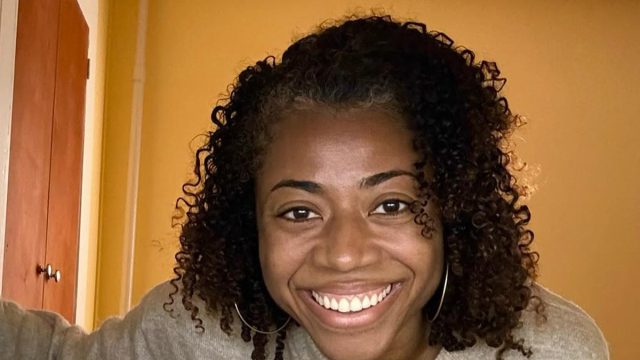6 Healthy Food Myths Busted by Dietitians
There is a lot of misinformation out there when it comes to diet and nutrition – and abiding by it could be costing you your health. Shana Spence, MS, RDN, CDN (@thenutritiontea) is a non-diet-focused nutritionist and social media influencer who regularly shares realistic tips and tricks to help people improve their eating habits. In a cheeky new TikTok video, she busts some of the biggest diet myths out there. "I'm so glad that so many of you are here for pettiness like I am. Here are some things that I have said as a registered dietician that have made the internet mad," she exclaims. The Body Network also asked The Diet Diva, Tara Collingwood, MS, RDN, CSSD, LD/N, ACSM-CPT, a Board Certified Sports Dietitian to bust some other popular misadvice out there.
Myth One: "Clean" Foods
@thenutritiontea Replying to @crappytohappy #dietitiansoftiktok #dietitian #foodisfood #dietitianapproved ♬ original sound – Shana Spence,MS,RDN,CDN
"The term clean foods is just a marketing gimmick," Shana states. "Some people are always so upset when I say this because the word clean is just another way for folks to feel superior in their ways of eating."
Myth 2: Certain Bodies Are Pillars of Health

"Number two, bodies are not business cards," says Shana. "And why do I say this? Because we obviously uplift certain physiques in this society and put down others. Just because someone has a thin body, just because they have visible muscles, it does not mean that they are the pillar of health. Many times are often disordered eating habits or other habits that aren't anything but healthy that goes on behind the scenes."
Related: "How I Lost the Last 10 Pounds," Reveals Nutritionist Danni Patton
Myth 3: All Ultra Processed Foods Are Unhealthy
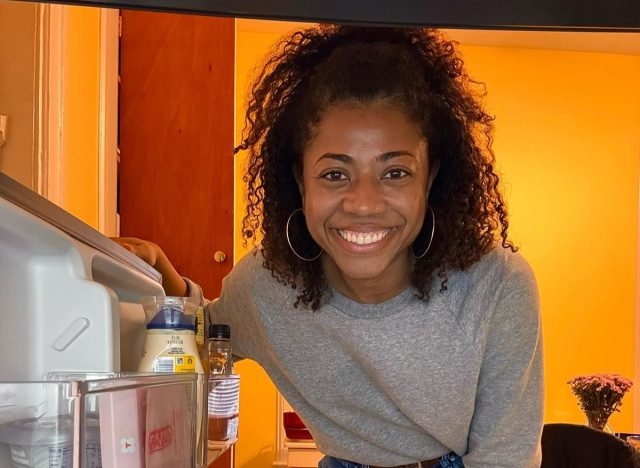
"And number three, just because the food is labeled ultra-processed, it does not mean that it's automatically unhealthy," claims Shana. "Just because something is processed or labeled processed, it does not mean that it's automatically unhealthy. There are many processed foods that are actually adding micronutrients to our day because they're fortified, enriched with certain nutrients, minerals, and vitamins that our body needs," she says.
Myth 4: Plant-Based Eating Means Vegan or Vegetarian
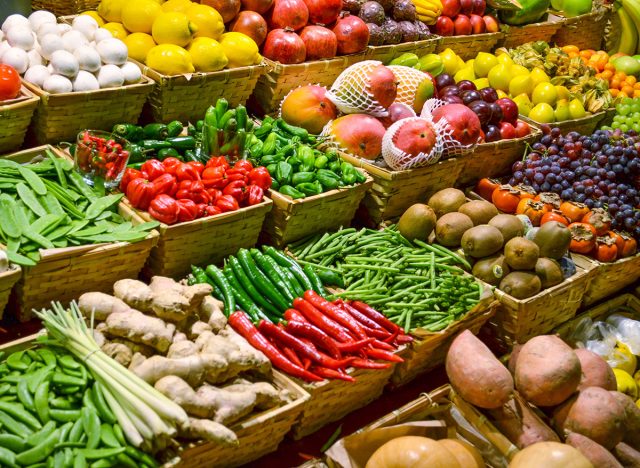
"Being plant-based doesn't mean you can't ever eat anything from animals," says Collingwood, as her first myth. "Plant-based just means the majority of what you are eating comes from plants, and animal-based foods are a smaller proportion of your plate. You can become more plant-based by intentionally adding more fruits and veggies (or other plants like herbs, grains, legumes, etc.) or by reducing animal sources and substituting more plant-based proteins."
Myth 5: Fresh Is Always the Best
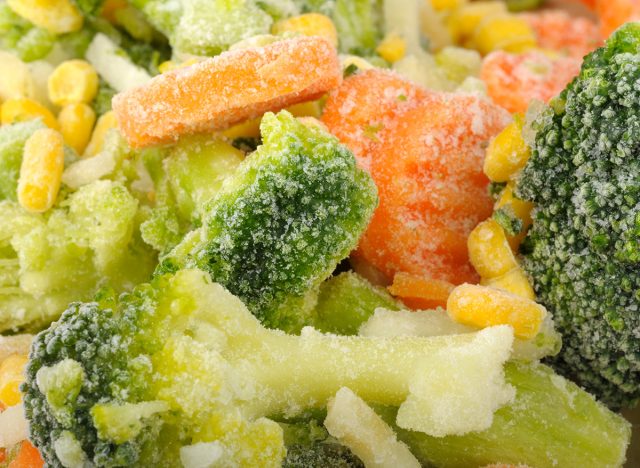
Another common misconception is that fresh is best, says Collingwood. "Frozen and canned produce can be just as nutrient-dense as their fresh counterparts because they are picked at their peak of freshness and nutritional value. Look for varieties that don't have sodium and/or sugar added, if possible," she says.
Related: Sadie Lee Thomas in Onesie Shares "Body Shaking" 10-Minute Pilates Style Workout
Myth 6: Eating Healthy Is Expensive
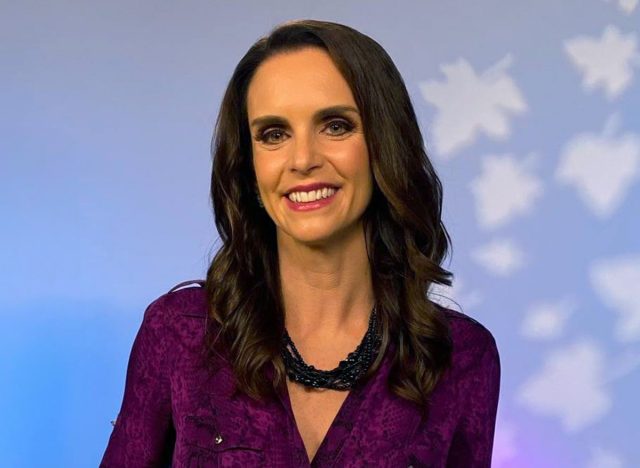
Don't let the old belief that "healthy food is expensive" stop you from living your healthiest life. "Food prices have gone up exponentially in recent years, but healthy food doesn't necessarily have to be more expensive," says Collingwood. "The biggest food cost is food that is thrown away," she points out. "If you plan and shop smartly, you can actually save money by eating more nutritiously!"
💪🔥Body Booster: Don't believe every diet myth you hear. There is canned food that is healthier than fresh food, and not all processed food is bad for you. And if you enjoyed this article, take advantage of these 15 Quick Ways to Lose Body Fat Percentage in a Week.
